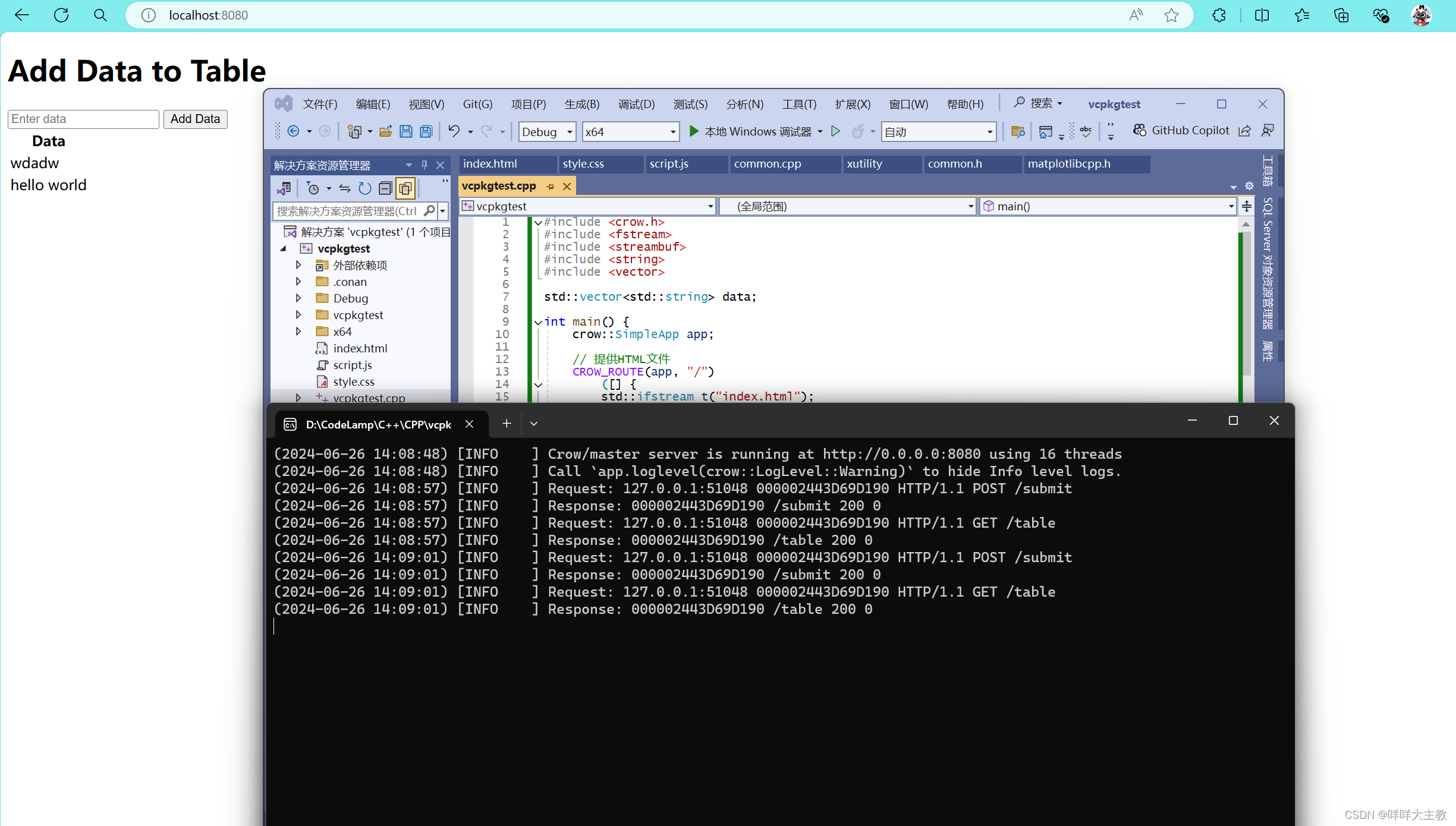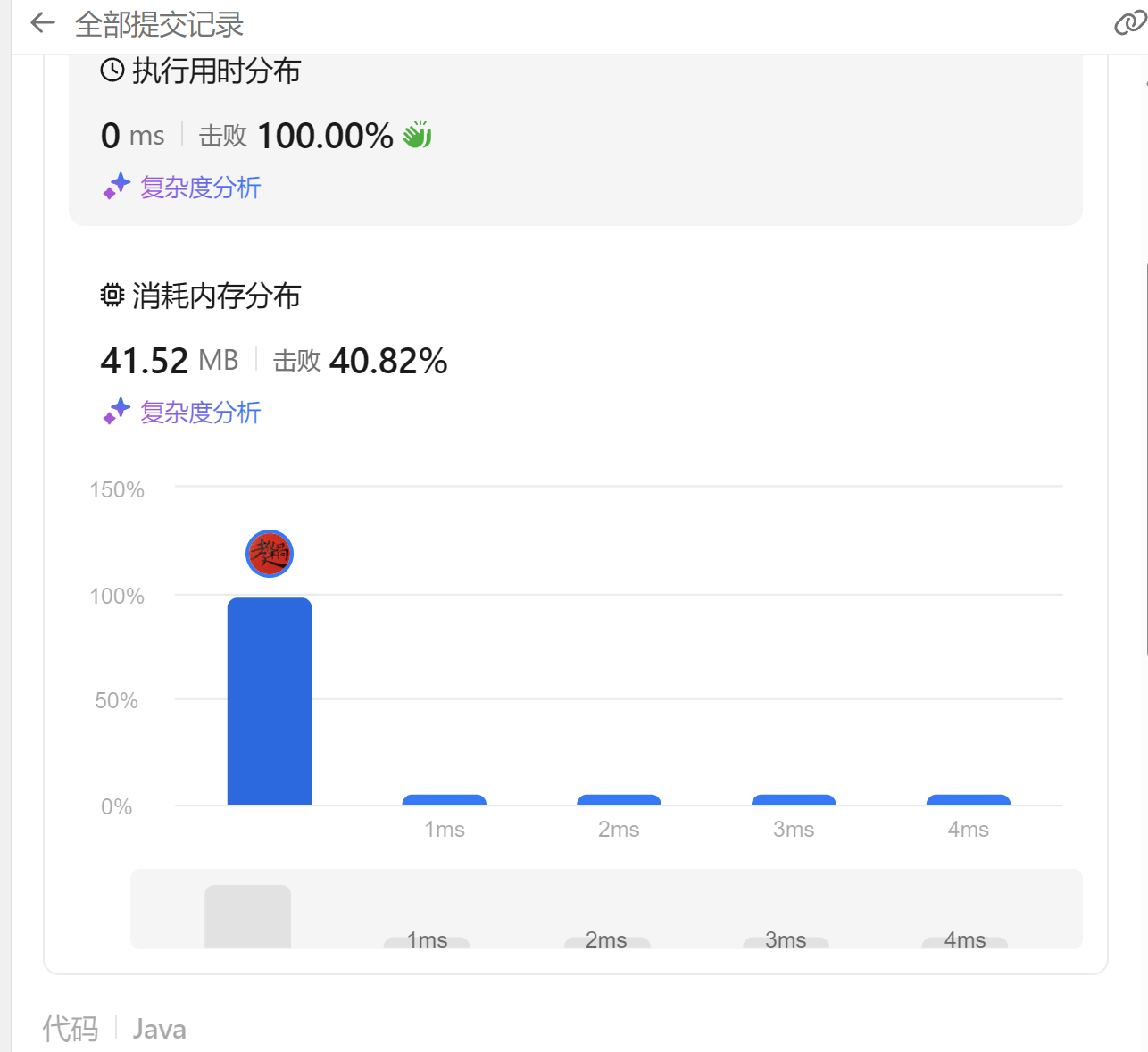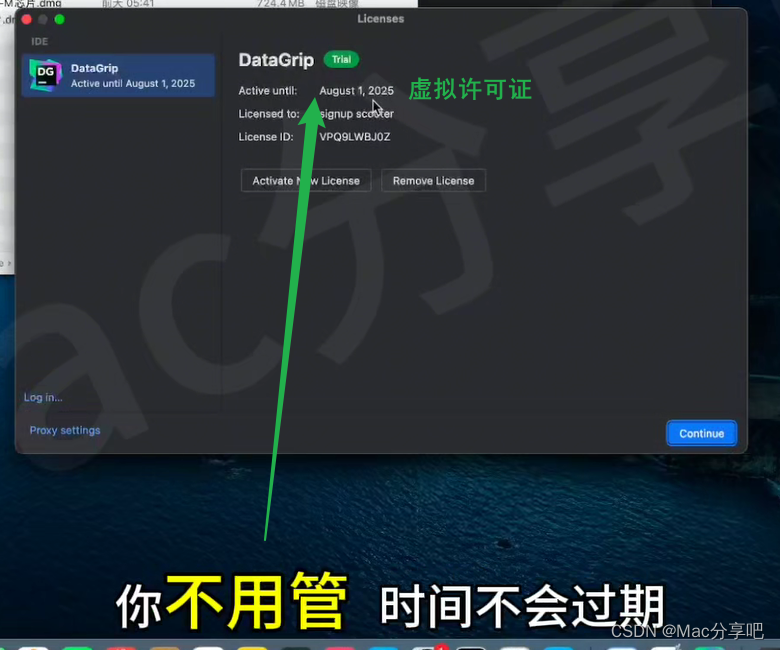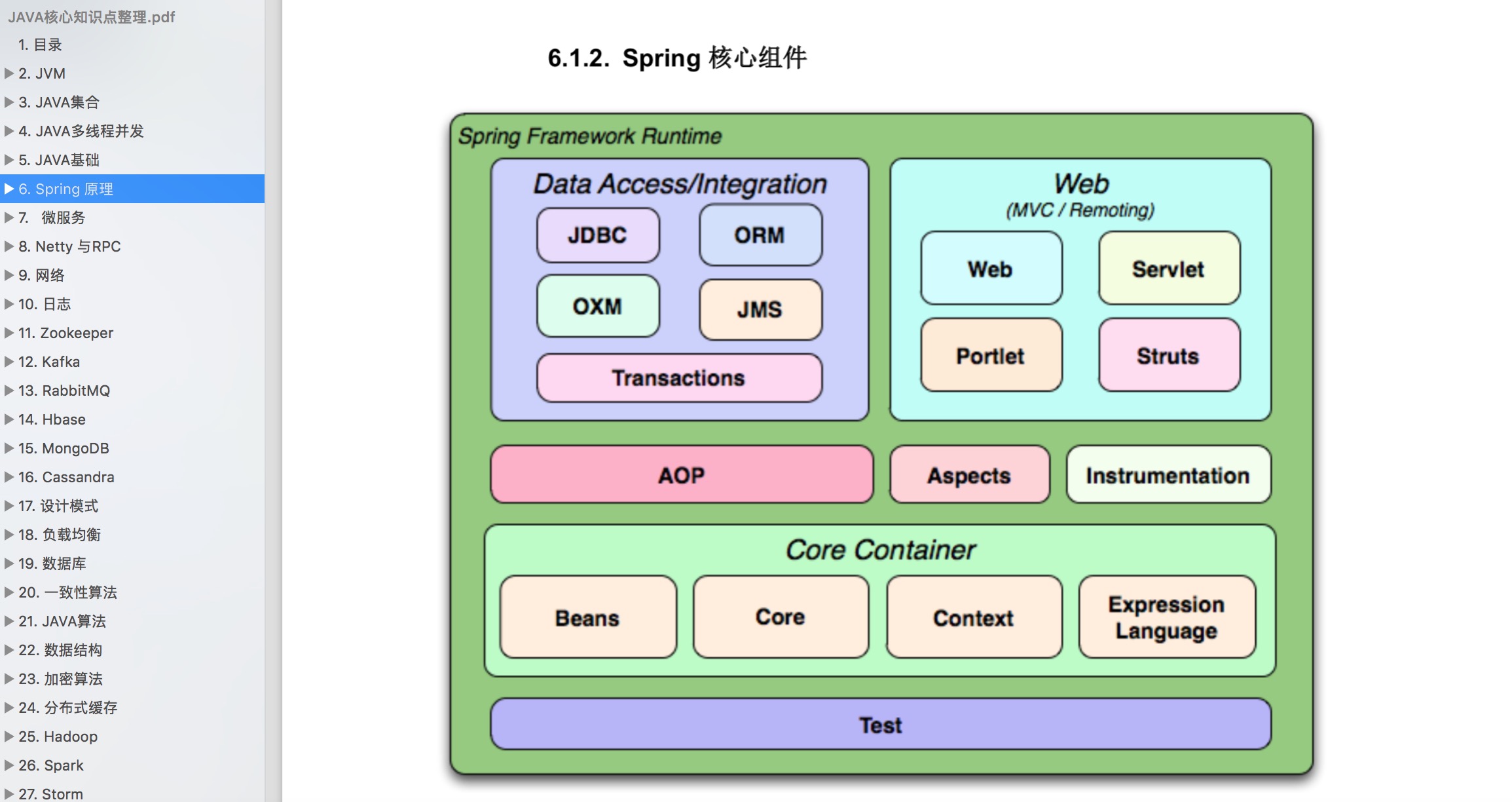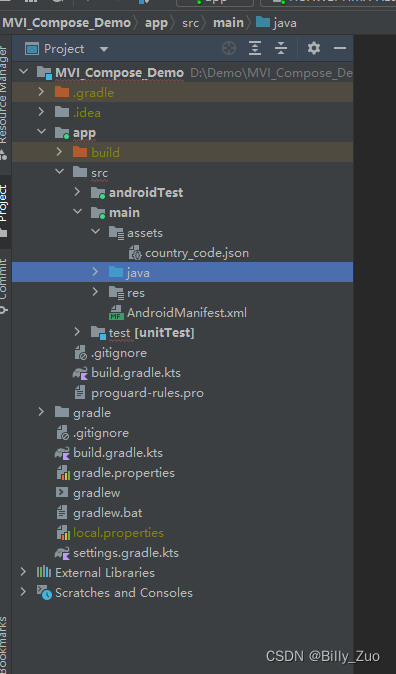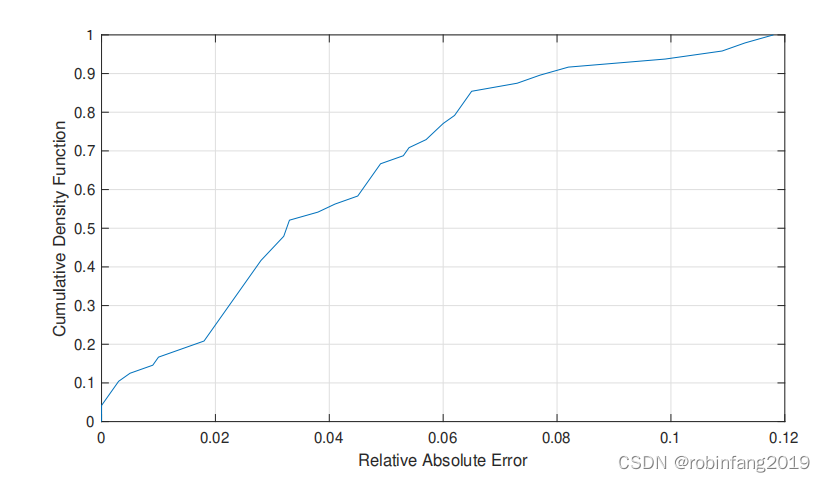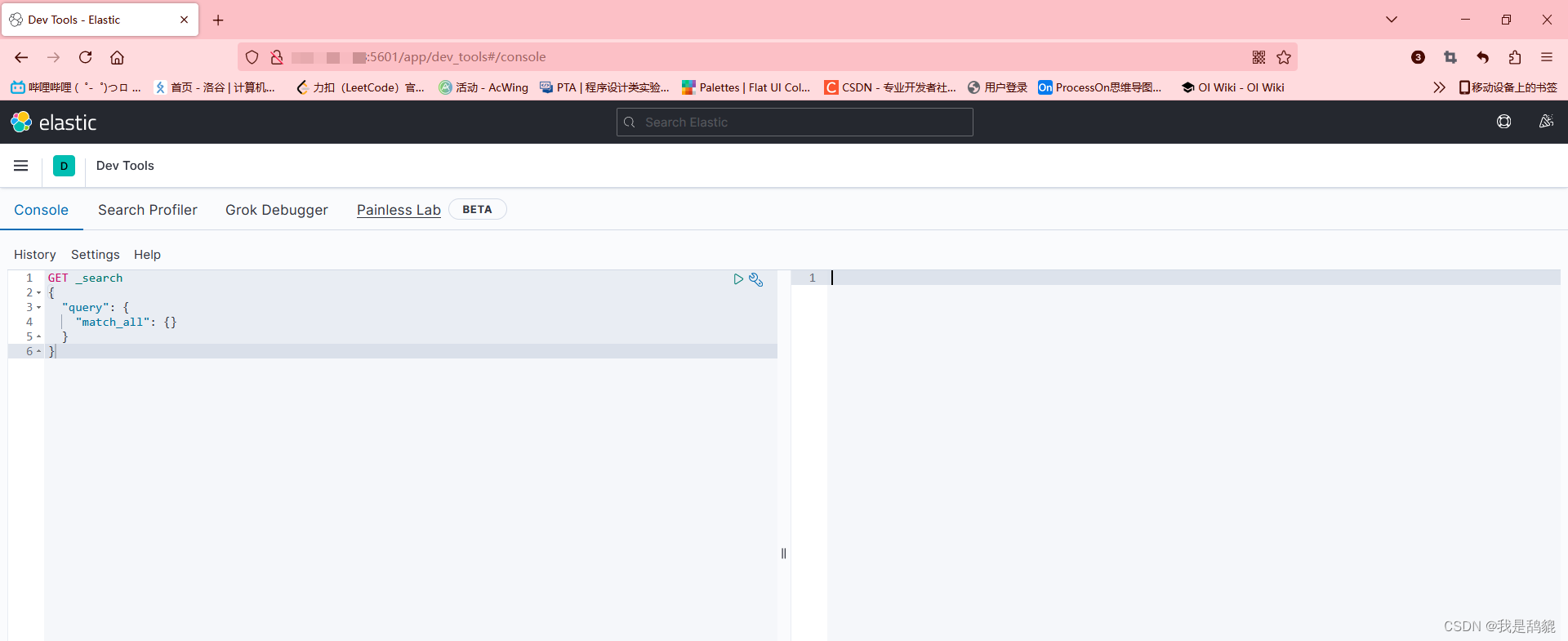Go语言学习:每日一练1
目录
- Go语言学习:每日一练1
- 变量声明
- 函数定义
- 流程控制 if
- range遍历
- switch
变量声明
package main//定义变量
var a = 1
const Message = “hello,world”func main() {b := 2 //短变量声明var c = 3c = TestMethod(a, b, c)}
//定义函数
func TestMethod(x, y int, z int) int {return x + y + z
}函数定义
package mainfunc main() {
a, b := TestMethod(1, 2, 3)
//a,b会报错,函数内定义的变量必须要使用
}//多返回值
func TestMethod(x, y int, z int) (int,int) {return x + y, z
}//权限控制--使用大写字母开头流程控制 if
if a > 0 {
fmt.Println("a")
} else {
fmt.Println("nil")
}for i := 0; i < 10; i++ {
sum += i
}range遍历
s := []int{1, 2, 3, 4, 5}for i, v := range s {
v = 100
fmt.Println(i, v)
}
说明:
- i是切片中元素的下标
- v是切片中元素的副本
注意:
v是元素的副本,对v的修改不会影响原来的切片。后面参数传递的时候会详细讲。
switch
- 不同于java语法,go中switch会在匹配到一个case以后结束执行,相当于java中每个case后自动加了一个break。
- 如果想继续执行,需要使用
fallthrough
func main() {x := 1switch x {case 1:fmt.Println("x is 1")fallthrough // 执行完当前 case 后继续执行下一个 casecase 2:fmt.Println("x is 2")fallthrough // 再次使用 fallthroughcase 3:fmt.Println("x is 3")fallthroughdefault:fmt.Println("x is not 1, 2, or 3")}
}
//所有的输出语句都会执行 





